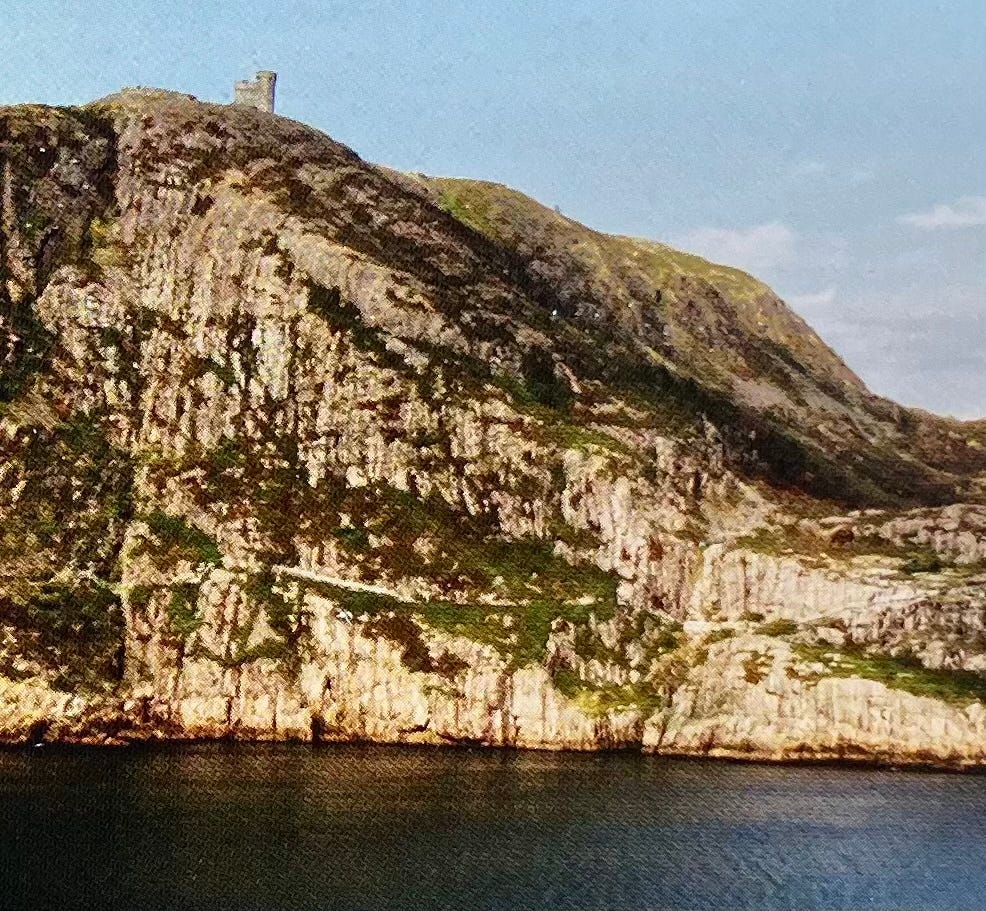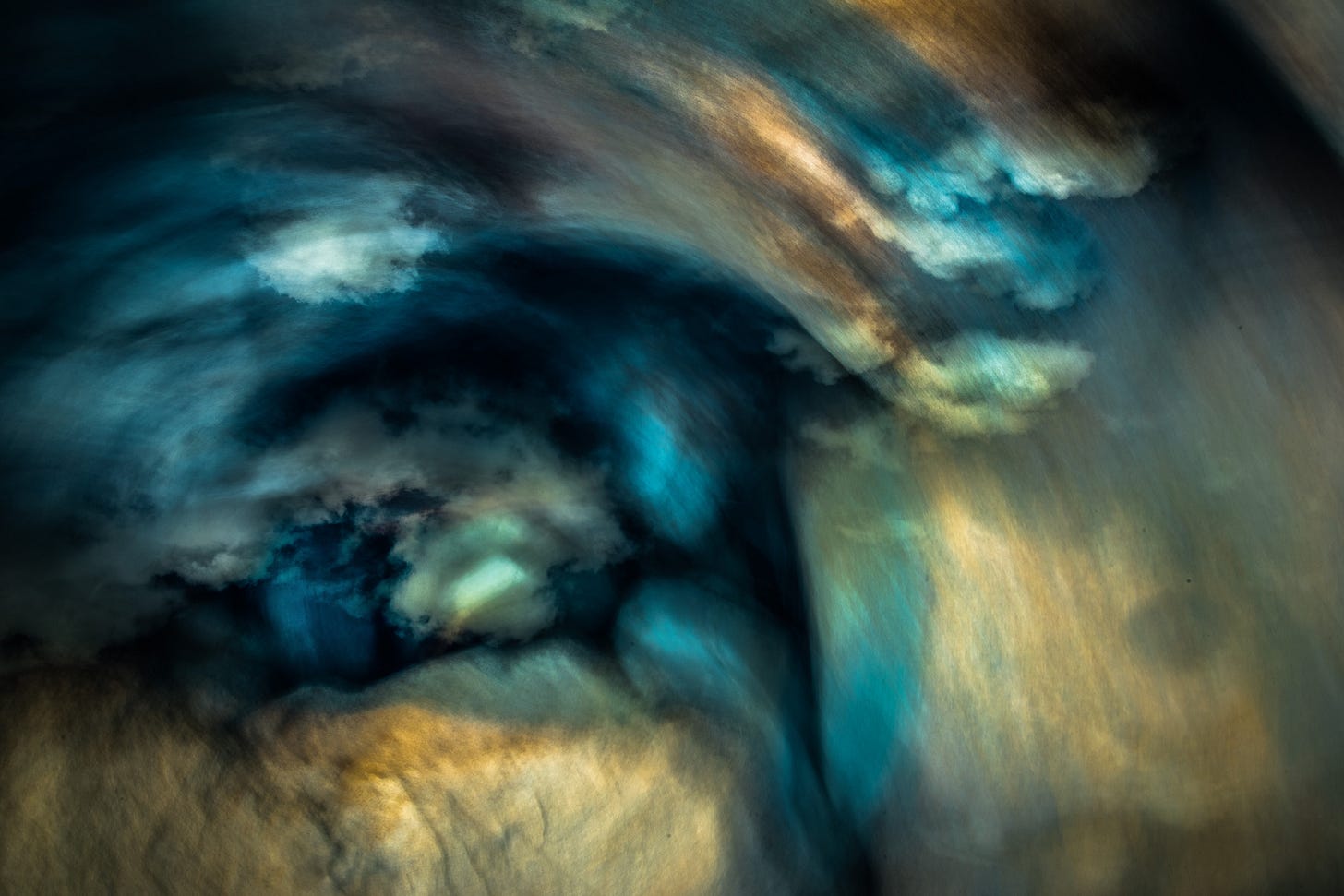Deep time and the Anthropocene
Earth has gone through some changes. Are we the last one?
You know we are living in the Cenozoic Era, right?
OK, let me back up. The history of Earth is divided into eons, eras, periods and epochs. For instance, the Jurassic period — the one with the dinosaurs — started about 200 million years ago during the Mesozoic Era.
Technically, we are living in the Holocene epoch, of the Quaternary period, of the Cenozoic era of the Phanerozoic eon.
There is evidence, however, to suggest that we moved into an entirely new epoch: the Anthropocene (from the Greek for man, anthropo and cene, new. National Geographic describes it this way:
The Anthropocene Epoch is an unofficial unit of geologic time, used to describe the most recent period in Earth’s history when human activity started to have a significant impact on the planet’s climate and ecosystems.
There is some debate as to whether it started at the Industrial Revolution in the 1800s, or in 1945 when Anthropo first tested and used nuclear weapons. There is less debate that we are into a new phase of our relationship with our Earth.
Enter Keith Kozloff, a photographer friend of mine who had an idea for a gallery exhibit of his work — Anthropocene Visions and Voices. He uses the medium of abstract and complex photographs enlarged on aluminum panels to depict imagined scenes from deep time — the newly formed Earth, tectonic shifts of proto-continents, volcanic disruptions, etc.
For another group of work, he depicts various animals abstracted from their natural surroundings, using the medium of photographic collage and encaustic wax — effecting a ghostly translucency to each situation.
Add to this enterprise 14 local poets (ages 15 to 70+), each of whom was asked to choose one of Keith’s photographs and write a short piece related to the image. The technical term is ekphrastic poetry, from the Greek ekphrasis (ek and phrásis - “out” and “speak” respectively.) The poetry vividly describes a work of visual art.
A public event at the end of the exhibition will involve several of the poets reading their work, followed by an interactive, intergenerational discussion. In Keith’s words he “hopes the installation will spark reflection about the kind of ancestors we wish to be. What conditions on our precious blue marble will the current generation leave for future generations?”
I was asked to be one of the writers and chose a metal-plated photo referencing the erosion of the small continent of Avalonia. The idea of deep time is that the Earth’s continents moved to their current locations relatively recently, and that the Earth’s crust holds clues about which land masses separated from each other, which collided and where and when. Avalonia was so named because evidence for this distinct early continent was discovered on the Avalon Peninsula of Newfoundland where my geologist sister Martha once lived.
I decided to build the piece in the meter of stressed-unstressed syllables (technically known as a trochee (yet more Greek!). This to me expresses a driving force that befits the subject matter. The challenge here was to convey the unimaginably long time it took for the rocky terrain to erode, wash into the ocean, be deposited as sediment and compressed by tectonic forces into stone — all within 140 words.
The last stanza is the present day, and the meter changes slightly. I wanted to end at a rock configuration on Signal Hill where the hundreds of years of erosion, deposition and crustal movement resolve and fall silent.
Here is the piece:
Forms of young life swam in ancient seas as rain like Anvils from the sky fell stintless down upon the Barren cliffs of Avalon. Years and years and Without cease, storms in sequence tore the crags of Dark Archean hills to shards of ancient pebbles Worn down by time and rain to gravel, grit and Sand, and down again to sand and silt. Muddy Layers meters thick filled the shallow oceans. Greater forces baked to stone the thick dark dust of Avalon. Skies with soft striations mute the Slow, erosive grind of rain. Fish and mollusks, early plants, then early reptiles, and the mammals come and go. The sea-laid rocks of Avalon are now upon Their sides in sunlight pitched, rising up from surf toward sky. The bi-ped, likewise upright, walks the hills alone Atop these cockeyed stripes of stone.

Notes
Here is a link to a brief National Geographic definition of the Anthropocene
And a little more detail at Wikipedia
Keith Kozloff’s website is here.
Anthropocene Vision and Voices runs from October 26 through November 22 at the Waverly Street Gallery in Bethesda.
Geology of Newfoundland: touring through time at 48 scenic sites, by Martha Hickman Hild



This is exquisite, Stew, both in scope and tone. The idea of deep time is so often flattened in modern life—reduced to museum timelines or geology class diagrams. But here, you’ve made it visceral. The poem breathes with rhythm. Sediment, stone, and then story.
Your shift in meter in the final stanza is really effective—like the tempo of time itself has changed as we enter the present. Thank you for bringing such poetry to science, and such humility to our moment.
On the long flight home from Australia, I watched Flow. There's a relationship here that feels more than coincidental. We're good like that, aren't we?
https://www.imdb.com/title/tt4772188/